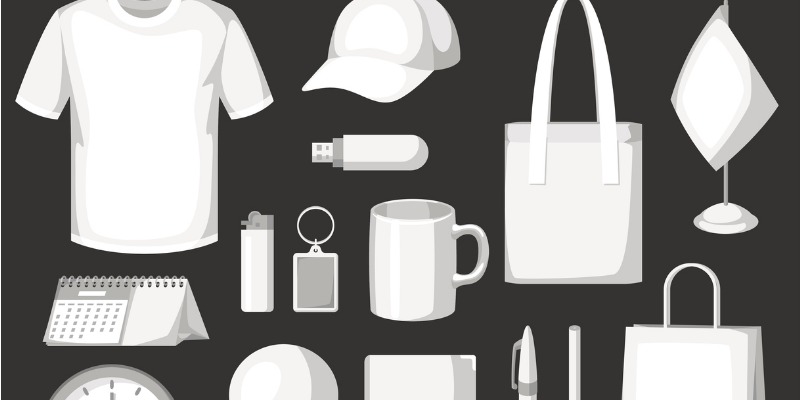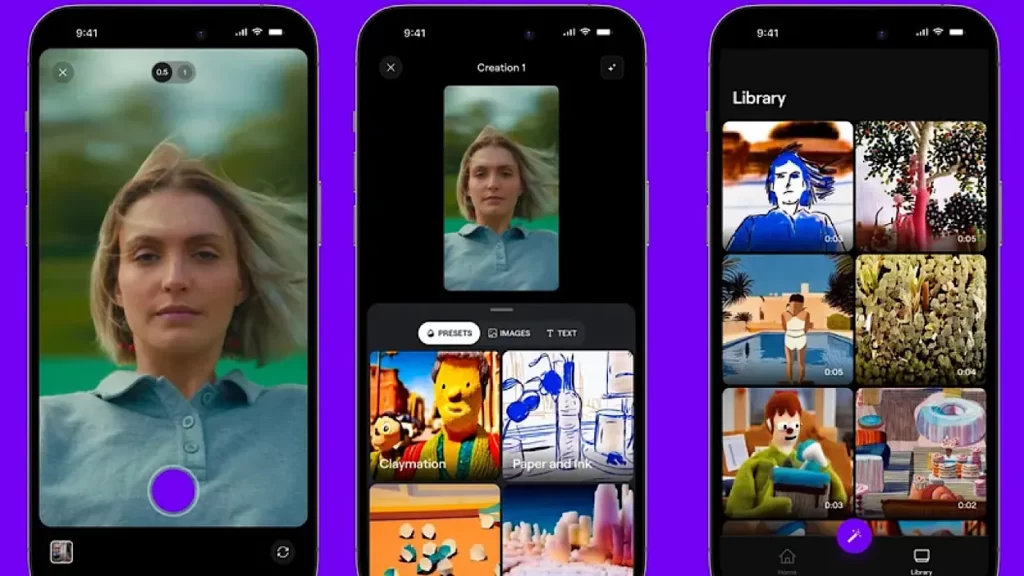Promotional products, those seemingly innocuous pens, tote bags, or water bottles, pack a surprising scientific punch when it comes to brand promotion. Their effectiveness goes beyond just a catchy slogan on a coffee mug. It taps into fundamental psychological principles and leverages the power of everyday use to create a lasting impression on consumers. One key factor is the concept of reciprocity. When a company offers a free promotional item, it triggers a feeling of indebtedness in the recipient. This psychological phenomenon makes us feel obligated to return the favor in some way, even if it is simply remembering the brand name or feeling more positively inclined towards it. Studies show that a significant portion of consumers feel happy to receive promotional products, and this positive association translates to a more favorable perception of the brand.

The promotional products also excel at creating brand recognition and memorability. Unlike fleeting commercials or forgotten banner ads, these tangible items become part of our daily routines. Each time someone reaches for a branded water bottle or uses a company-logoed notepad, they are subconsciously exposed to the brand again. This repeated exposure strengthens the memory link and increases the likelihood of the brand name coming to mind when a relevant need arises. Research shows that a high percentage of consumers remember the advertiser behind a promotional item, highlighting the power of this long-lasting brand reinforcement. But promotional products go beyond just visual reminders. They can engage multiple senses, further solidifying brand memory. A comfortable, well-designed t-shirt with a company logo might create a positive feeling associated with the brand. A scented stress ball yes, those exist! subtly links the brand’s message with the calming properties of the scent. Even the sound of a pen clicking can become a subconscious reminder if it is used frequently. This multi-sensory approach creates a more robust memory trace, making the brand more likely to be recalled when a buying decision is made.
The usefulness of a promotional item also plays a crucial role. A high-quality, practical item is more likely to be used regularly, leading to repeated brand exposure. People tend to form positive associations with brands that provide them with something valuable. A sturdy tote bag becomes a reliable companion on shopping trips, subtly reinforcing the brand image with every use. A phone charger that actually works becomes a lifesaver and a constant reminder of the thoughtful company that provided it. By offering genuinely useful items, companies can not only create brand awareness but also foster a sense of trust and appreciation. The emotional connection formed through promotional products cannot be ignored either. Receiving a free gift, however small, can trigger the release of feel-good hormones like dopamine and oxytocin. These hormones create a positive association with the brand, making consumers more likely to view it favorably. This emotional connection can be particularly powerful when the promotional item is relevant to the recipient’s interests or hobbies. An insulated travel mug for the coffee enthusiast or a beach towel for the vacationer creates a sense of brand alignment, further strengthening the positive brand perception.

